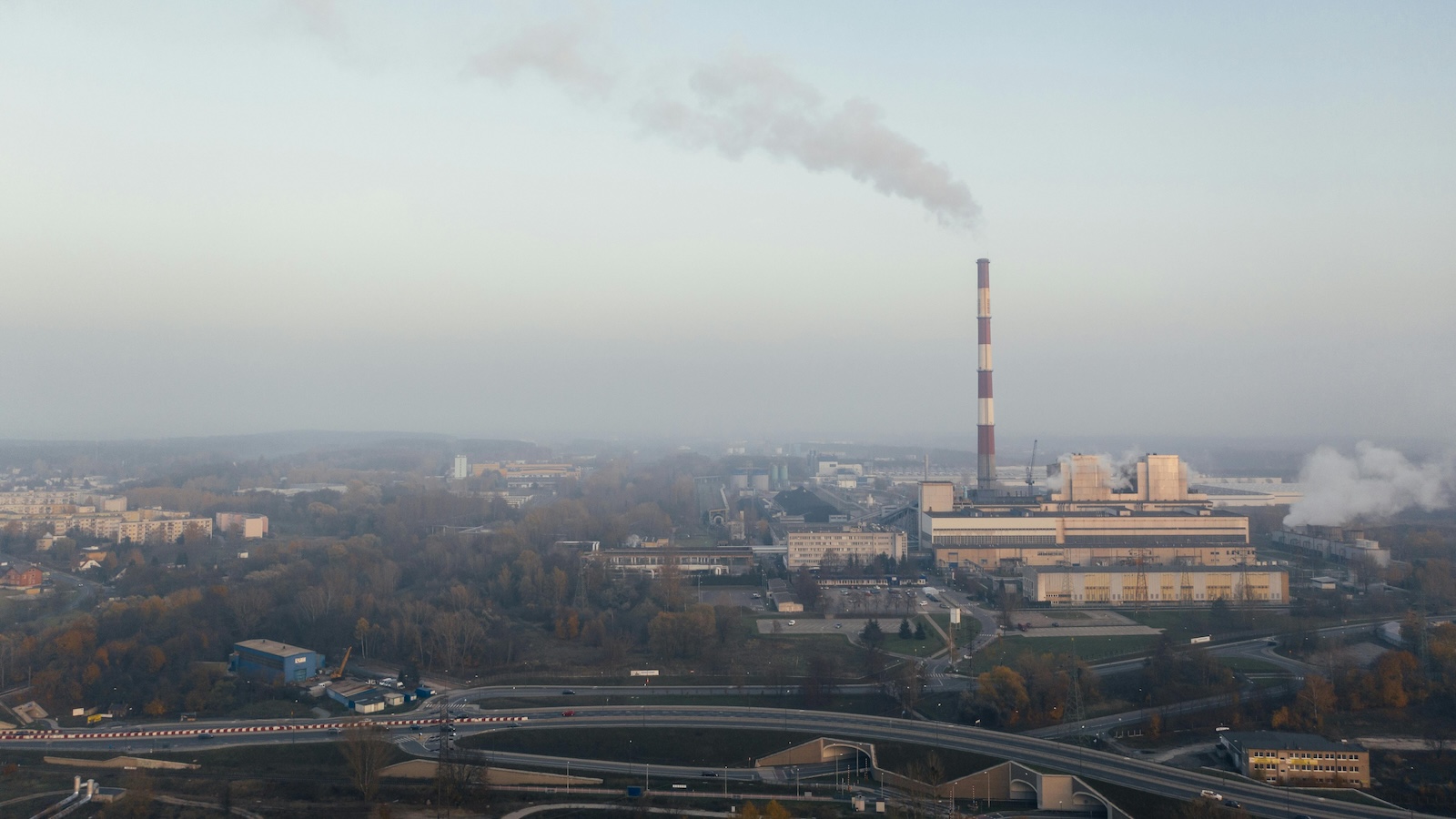Our fast-changing world has become increasingly connected. Risks such as geopolitical instability and climate change continue to escalate on the world stage. With both risk dependencies and risk drivers surfacing and evolving more and more rapidly, so much is changing so quickly that by the time this article is published it may well be (slightly) outdated.
Yet capital modelling techniques have barely changed. Current models are unreliable, under-used and time-consuming. The insurance industry needs tools that are dynamic and built for cross-business and cross-functional collaboration.
Capital models have a clear advantage over long-term projections, as they are reassessed at least every year and so reflect the latest changes in risk drivers. A key advantage for the modeling of climate risks is that the uncertainty is much reduced compared with that resulting from long-term projections of climate trajectory.
How the insurance gap affects climate losses
It is worth first highlighting the fundamental difference in metrics considered when looking at climate losses. Total losses or ground-up losses consider the total cost of a catastrophe, while insurers consider the insured value -- for example, the cost they are contractually liable to. The difference between the two (the 'insurance gap') effectively measures the difference between the real costs incurred versus the costs covered by the insurance industry.
For climate losses, this means total losses could increase while the insured costs may decrease, in particular following the ramping up of climate mitigation measures, such as flood and fire defenses protecting inhabited areas, or carriers' stopping the writing of lower tranches or pulling out of a region altogether. How the insurance industry chooses to tackle the insurance gap issue will affect the level of climate losses insurers will see coming through.
Current approaches unfit for purpose
Insurers frequently adopt a bottom-up and granular approach. The wider aspect and connectedness of global events is generally considered to some extent when calibrating dependencies. However, this requires tedious monitoring and updating of parameters that are extremely difficult to estimate. Traditional approaches also tend to give considerable weight to past data, which is not necessarily the best basis to form an opinion on risks that are evolving fast.
Cyber is a good example of such a risk. While it is not a new risk, data remains too sparse for robust modeling, and the various types of cyber attacks continue to rise in volume and severity, with new defenses constantly being designed and built to try to keep pace with these threats. Furthermore, insurers need to ask themselves whether the dependency of cyber risk with other global risks, such as climate change and geopolitical conflicts and terrorism, is being appropriately reflected in their current models.
More generally, chief risk officers and other senior stakeholders responsible for the capital model should be asking their teams:
- Can they rely on the output from their capital model? Is this complex risk landscape reasonably reflected in a transparent, dynamic way to enable challenge and communication?
- Are they able to confirm that the view of risk implemented in their capital model is consistent with that established in other parts of the business (e.g. pricing and exposure management)?
- Are the traditional approaches they are using providing value given the extensive work required for setting parameters?
- How much compounded uncertainty – stemming from limitations and uncertainty at granular risk levels that are then aggregated – is too much? Does this uncertainty make the model outputs unreliable and useless?
Identifying risks and drivers
Traditionally, the risks assessments conducted by companies have been focused on their own risks, with little consideration for global socioeconomic factors. The past few years have shown us that this approach is no longer suitable and that risks should be assessed more holistically.
The changing dynamic of the risk landscape does not necessarily translate into a new, distinct risk category but often results in additional losses simultaneously affecting several risk components. Creating a map of all the risks and their drivers affecting the company should be a key step before trying to model this complex risk environment.
The advantage of short-term modeling for long-term risks
Modeling long-term risks over a short time horizon can seem challenging. Climate change risks (typically described as comprising physical, transition and liability risks) are not only long-term but also highly uncertain in how they will develop over time.
Climate change risks are also affected by geopolitical instability, supply chain issues and inflation, as well as national government policies and the emerging threats and benefits from AI. Therefore, it is not the isolated, long-term impact of climate change that we should be focusing on for capital modelling purposes but its combined, short-term impact with other risks. And short-term modeling undeniably provides greater flexibility.
The evolution of physical risks from climate change is already baked-in for decades. For example, our actions now won't affect catastrophes in the short term. The year-on-year impact on physical risks (resulting from human activity from long ago) remains limited, albeit trends are emerging when looking at the past decade. "Secondary" catastrophe risks are a good example, having become key catastrophe risks, as demonstrated by recent flood and severe convective storm losses.
However, current catastrophe models remain suitable provided they are regularly reassessed to confirm they capture all plausible scenarios, with in- and out-of-model adjustments applied to ensure this.
All of the above needs to be considered alongside an evolving insurance gap and other global socioeconomic variables - these can change relatively quickly and are difficult to capture in long-term scenarios, although less challenging over the next year or so.
Liability risks are difficult to model, as the uncertainty around whether, when and to what extent climate litigation claims will emerge is incredibly high. However, it is important to distinguish between estimated average losses over the next 12 months, maximum losses (which, according to contracts' terms and conditions, will also contain important exclusions such as criminal behaviors and those drive by personal profit) and the uncertainty around average losses. Given the slow pace of court judgments and the money big companies can spend on lawyers to defend them, it seems highly unlikely that we will see an unsustainable level of losses emerging very quickly. Therefore, it is reasonable to assume that yearly reassessed allowances in the capital model for "known unknowns" would be sufficient to absorb losses that have emerged over the year beyond the estimated average losses. However, liability risks are also affected by other global, socioeconomic factors.
A holistic view of climate risks to capital models
As highlighted in the Bank of England paper, "Report on climate related risks and the regulatory capital frameworks," climate risks require a forward-looking approach. Past data would not appropriately reflect future trends and impacts from climate-related risks.
Although scenarios are already used to validate models, their use as a calibration approach remains limited, as this requires moving away from traditional models and a big leap into innovative approaches.
A natural answer to this would be to consider a "catalogue" of scenarios that provide a good representation of plausible events, with each scenario being decomposed into its risk drivers (not unlike how event catalogues are constructed in catastrophe models).
For this reason, we have been working on an approach in which current-era dependency models can be expressed in terms of explicit, dynamic, and possibly systemic risk drivers that would model the combined impact of climate risks and other global risks in a transparent and holistic manner. Each risk would be decomposed into its (systemic) risk drivers and a variable specific to this risk representing the non-systemic aspect. Then risks or portfolios can be combined and aggregated using relatively simple mathematic formulae and distributions.
This approach could also be extended to all the risks the company is exposed to, as well as to the ultimate time horizon basis, in which case Monte Carlo simulations and their inherent uncertainty would not even be required. This would also help moving from discrete time or single-time-step models into a continuous time setting for "always-up-to-date" risk analysis. The key advantage of a continuous time model is that coverages are only modeled in between their exact start and end dates.
This would turn a time-consuming, under-used model hindered by compounded uncertainty into a dynamic risk, pricing and portfolio management tool. It would also replace onerous, isolated, parameter guesstimation with a collaboration across business functions that provides a consistent view of risk with reduced effort.






